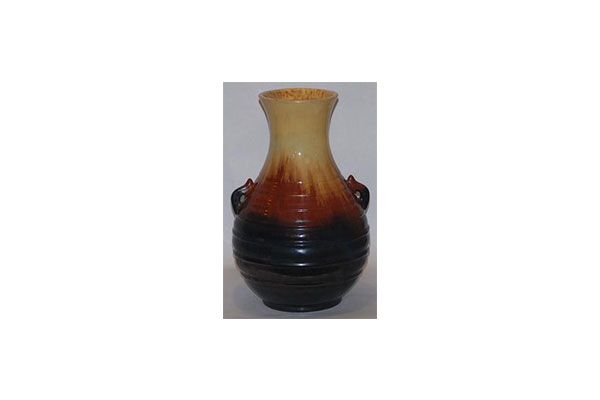 Ever wonder how the potter's wheel works? I've actually wondered for years each time I saw a potter work balls of clay into remarkable shapes and designs. It looked so easy and graceful, but I knew there was a lot that went into it. I dug around a bit and found a lot of detailed information on the subject. The potter's wheel was invented in the 4th millennium BC, which I found surprising. I think sometimes we take for granted the history in many of the simple things we rely on in modern day.
Ever wonder how the potter's wheel works? I've actually wondered for years each time I saw a potter work balls of clay into remarkable shapes and designs. It looked so easy and graceful, but I knew there was a lot that went into it. I dug around a bit and found a lot of detailed information on the subject. The potter's wheel was invented in the 4th millennium BC, which I found surprising. I think sometimes we take for granted the history in many of the simple things we rely on in modern day.
The History Channel describes the potter's wheel as a flat disk that revolves horizontally on a pivot. This allows the potter to shape the pottery from the bottom up. It begins as a ball of clay that is somewhat centered on the wheel head, which rotates. Japanese potters used hand wheels for centuries that required a stick to be slipped into a notch by a second person.
During the 16th century, the Europeans developed a fly wheel which was separated from the wheel head, but mounted onto a frame. This allowed the potter to operate the fly wheel simply by kicking, hence the name 'kick bar'. Into the 19th century, kick bar became interchangeable with a 'foot treadle'. Finally, by the time the 20th century came along, the electric wheel was invented. Improvements over the years included variable speed motors for better regulation of the rotation speeds.
Once the clay is shaped, it's then ready for drying and firing, which is an incredible process all its own. It's the shaping of the clay, however, that many insist is the most crucial aspect of art pottery since this is where the art is actually 'defined'. This is done by 'tempering' the clay by incorporating materials such as sand, stone or even shells. The potter kneads the clay into the proper plasticity, and of course, from there, it's thrown onto the wheel.
The end result is beautiful works of art, much like this exceptional Fulper vase seen here.
Be sure to visit the New Arrivals page at Just Art Pottery.
Donna McGill – Just Art Pottery


